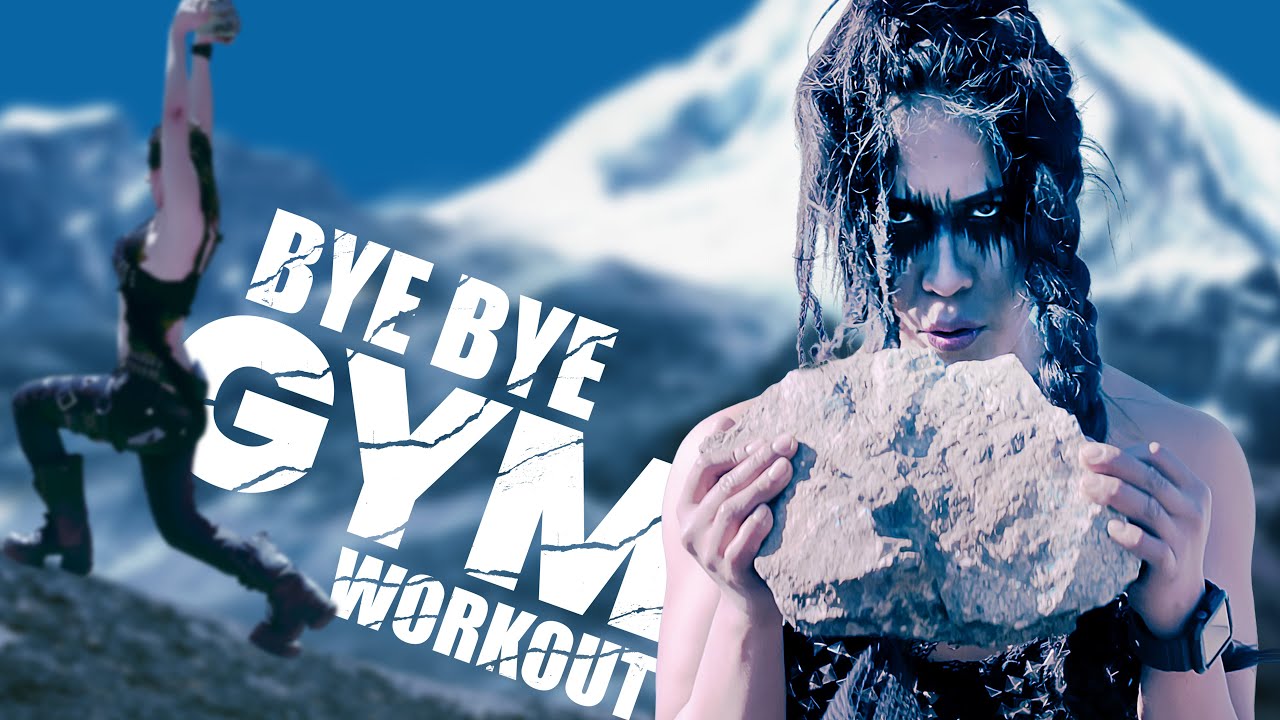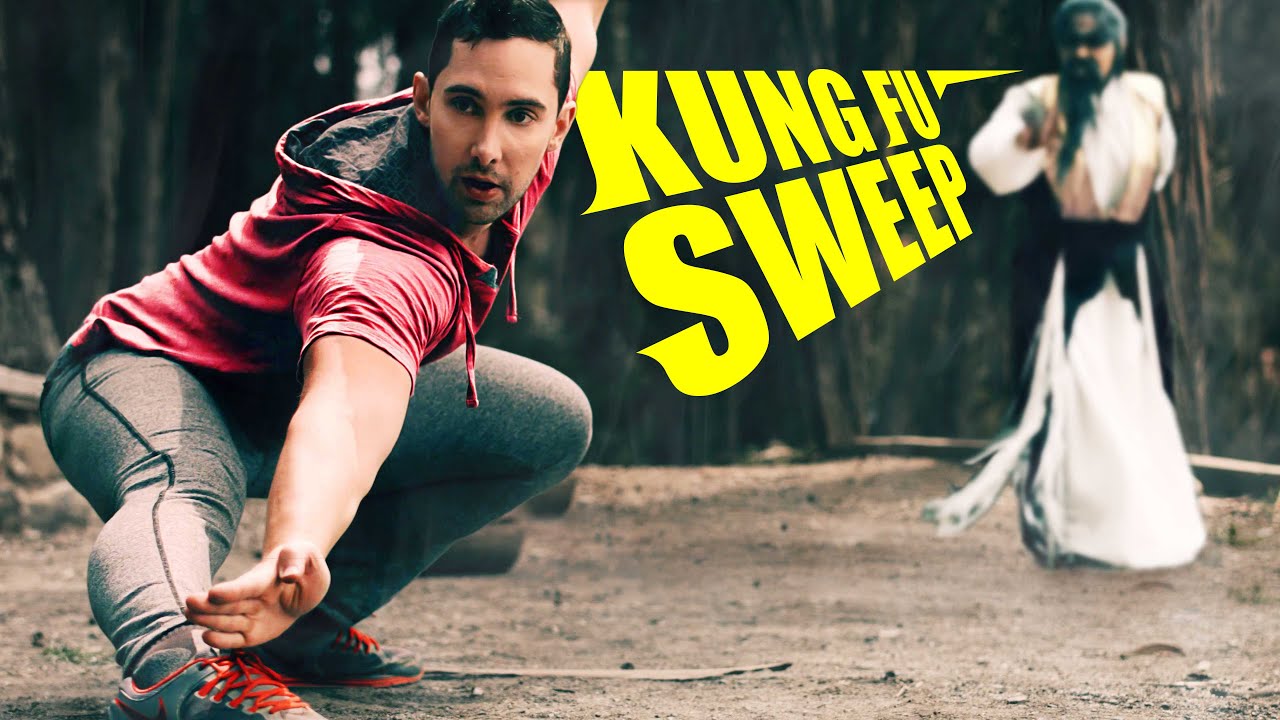Jumpers Knee
Jumpers Knee (patellar tendinopathy - patellar tendinitis). First of all you have to know that patella tendinopathy (jumpers knee) is the degenration of the patellar tendon. Tendinopathy stands for the degeneration of a tendon. Tenditis is the inflammation of a tendon and does not perfectly fit to this article. As the two things often go hand in hand i mentioned both in the headline. So patellar tendinopathy, also know as "jumpers knee" is the degenration (plus sometimes the inflammation or partial rupture) of the patellar ligament which connects the knee cap (patella) with the big shin bone (tibia). Find more injury related topics at injuries main.




